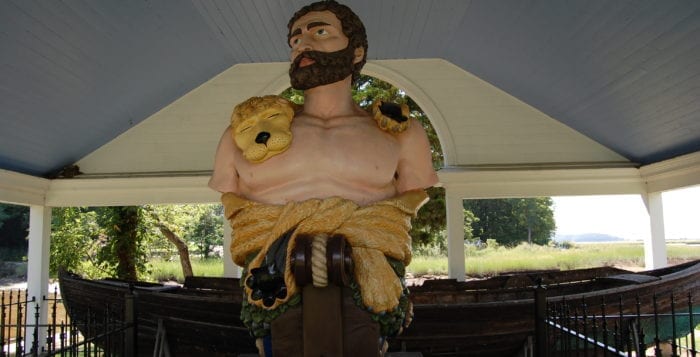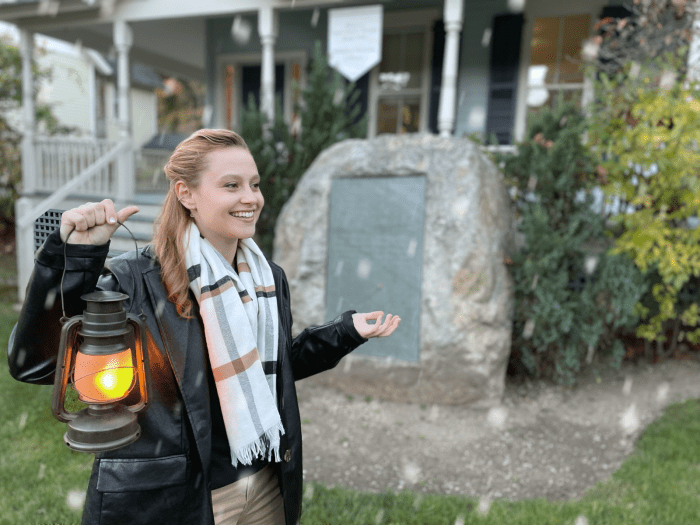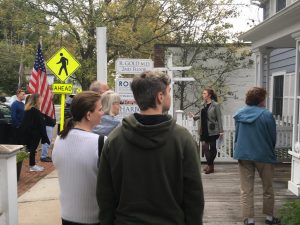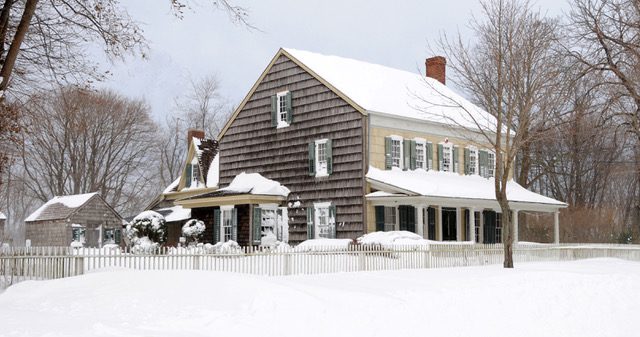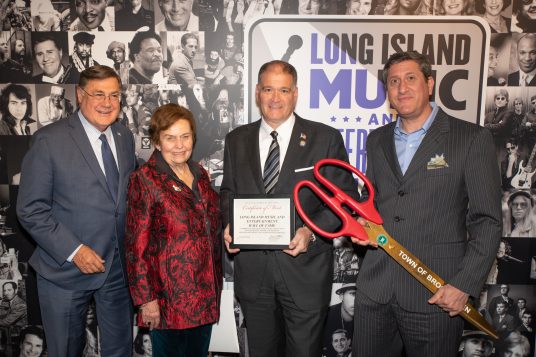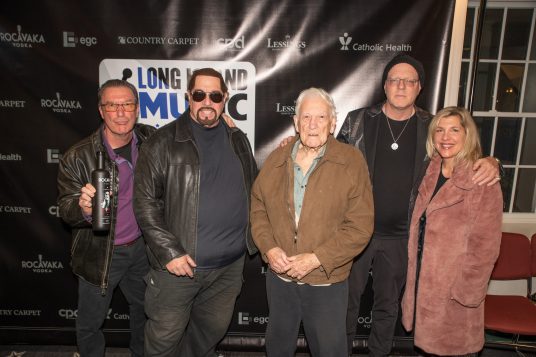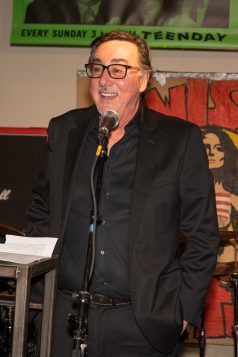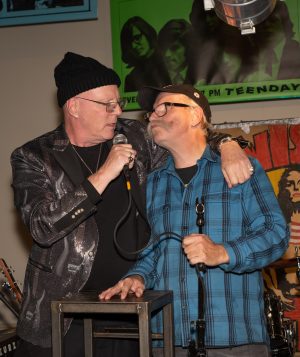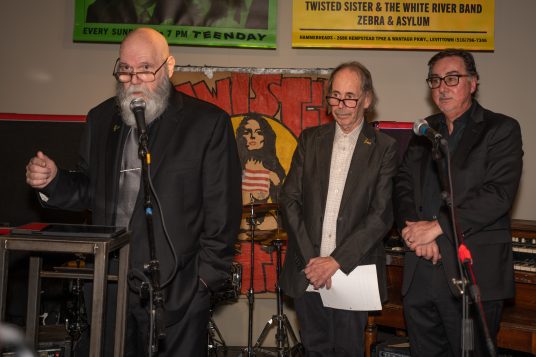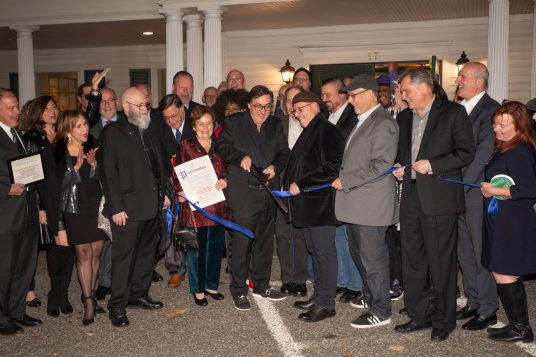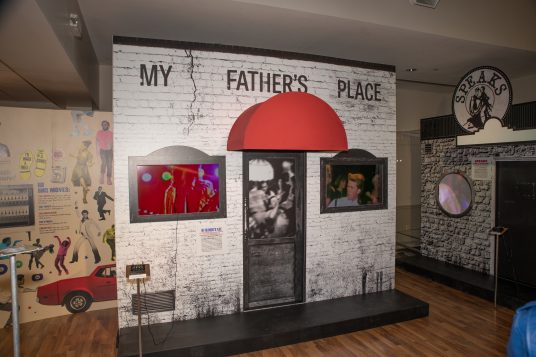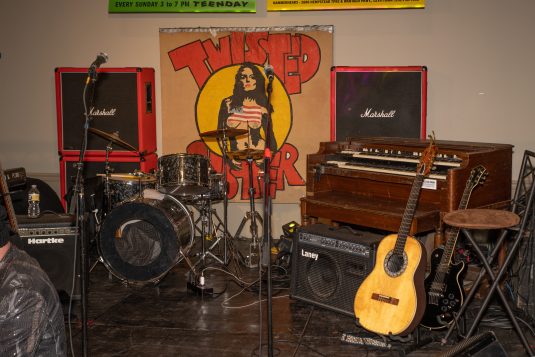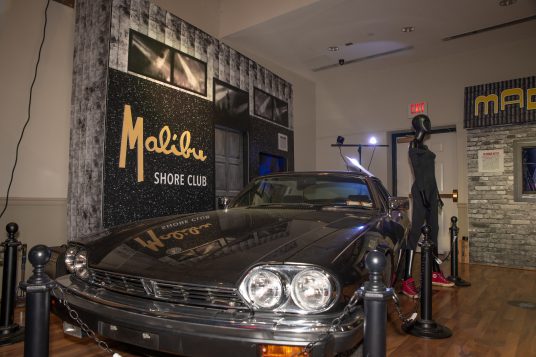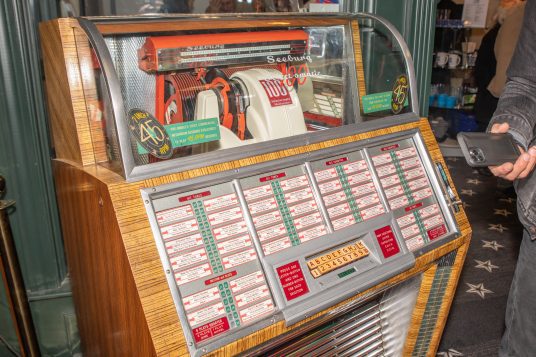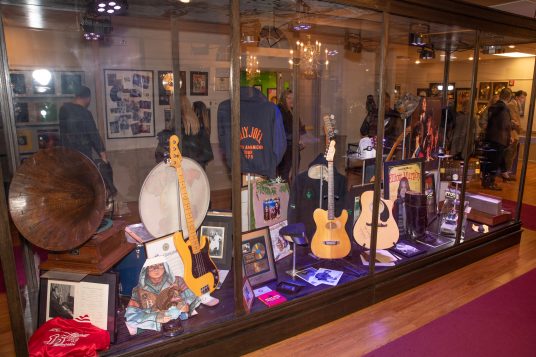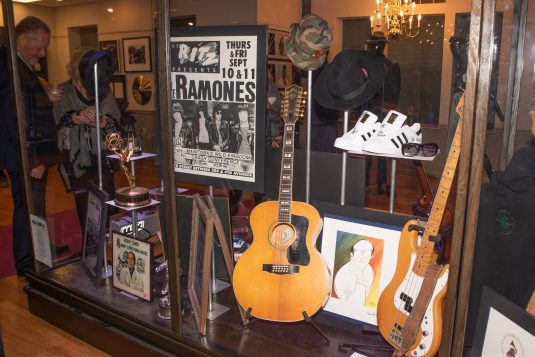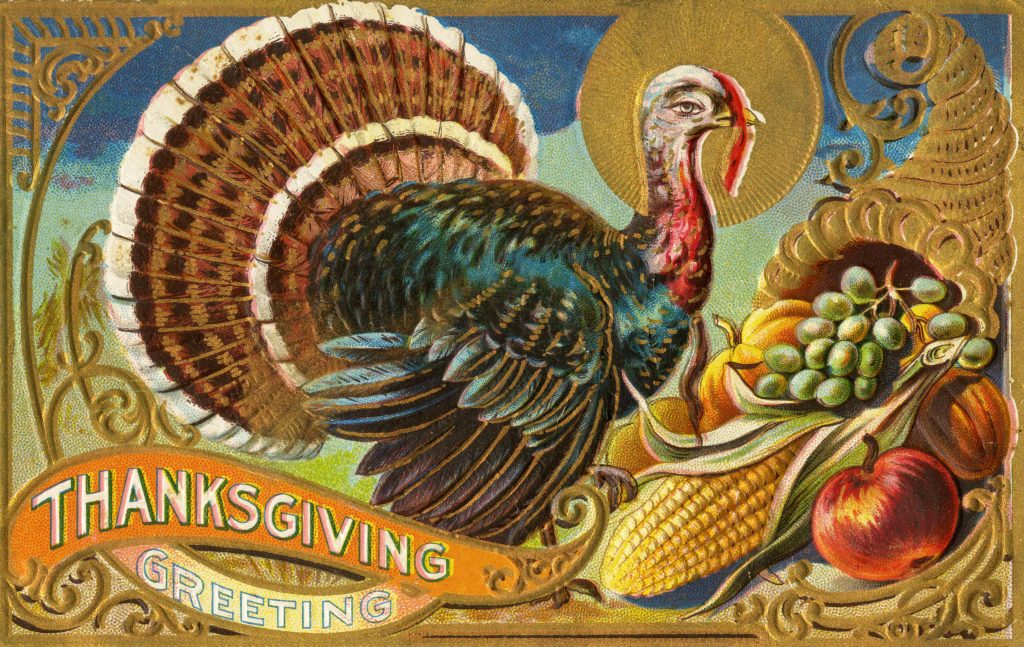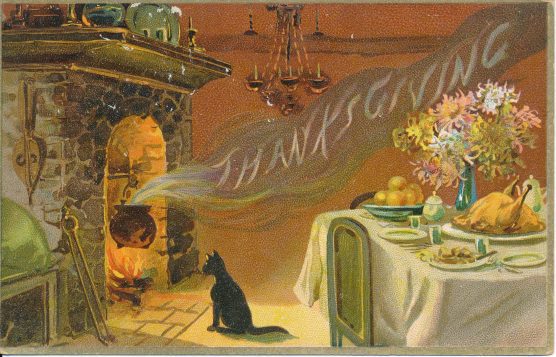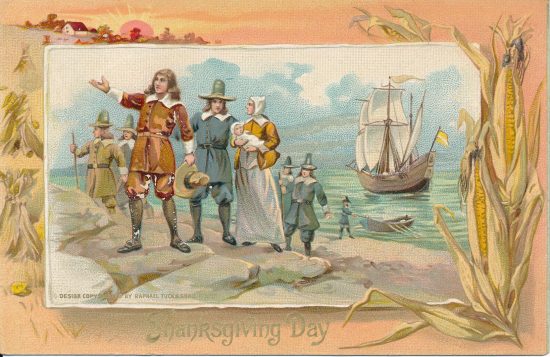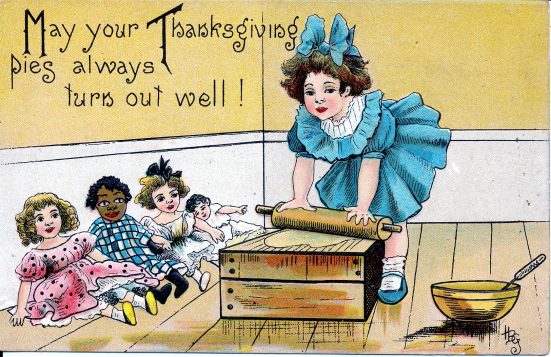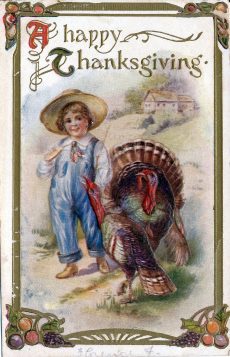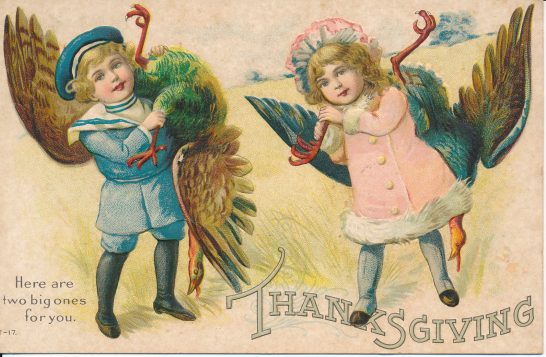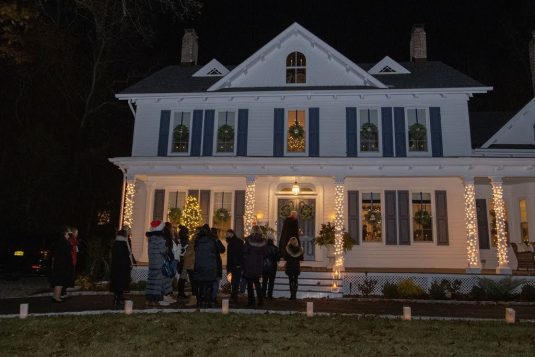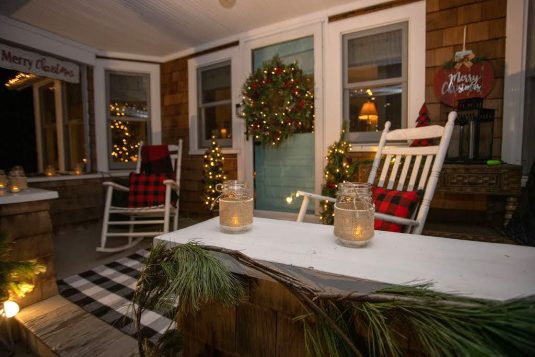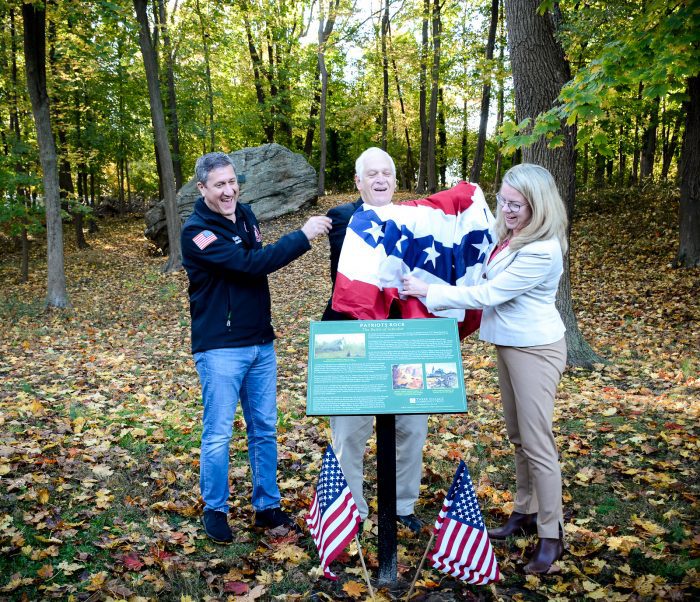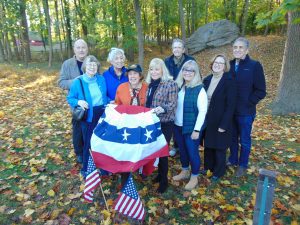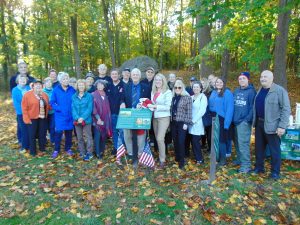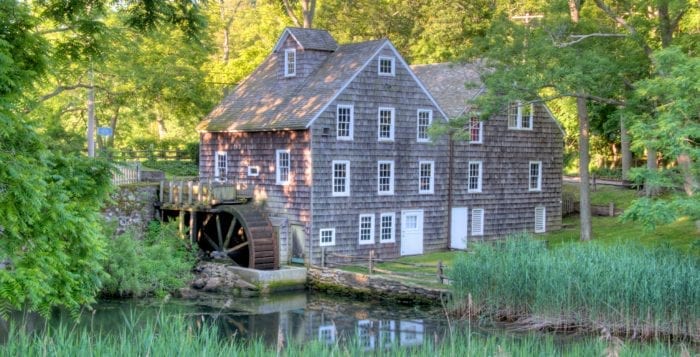Three Village Historical Society presents Candlelight House Tour Dec. 2 & 3
By Cayla Rosenhagen
With its waterside, windy roads lined with old-growth forests and historic homes bedecked in twinkling lights, ribbons, and garland, a visit to Old Field is nothing short of stepping into a holiday Hallmark movie crossed with a Norman Rockwell illustration making it the perfect place to be featured during this year’s Three Village Historical Society Candlelight House Tour in December. Explore the village by candlelight and learn about its historic properties, all the while soaking up the enchanting beauty of the holiday season.
The fundraiser event was first held in 1979, and since then, has been centered around a different Three Village locale every year. Currently, the Tour is led by co-chairs Patty Cain and Patty Yantz. According to Yantz, the first House Tour was led by Eva Glaser and Liz Tyler to raise money for the restoration of the Setauket Neighborhood House, which at the time housed the Three Village Historical Society.
“Today the Candlelight House Tour is the Society’s largest fundraiser and has become a greatly anticipated community event … The Three Village community, serving as our classroom, has given us the ability to teach about architecture, art, and various designs and period styles. However, more importantly, we have gained insight and learned about the people who came before us that have helped shape our shared community,” said Yantz.
This year, they chose to showcase the scenic, residential village of Old Field as it celebrates 95 years since its founding. Participants can look forward to tours of several historic properties in addition to an optional meal and reception at the stately Old Field Club.
The featured properties consist of four residential homes, the Widewater barn on the Pius Estate, and finally, the Keeper’s Cottage at the Old Field Point Lighthouse, all professionally decorated for the holidays. The Gothic-Revival lighthouse is quite possibly the most famous landmark of Old Field and was built in 1869 atop the cliffs overlooking the Long Island Sound.
Hosted for two days, Friday, Dec. 2 and Saturday, Dec. 3, the Candlelight House Tour offers guests multiple ticket options to choose from. On Friday, all tours begin at 6 p.m. and last until 9 p.m. The first ticket option, which includes only the tour, costs $75 for members of the TVHS and $90 for non-members. For participants 21 and over, Friday’s Tour and Reception package includes a buffet meal at the Old Field Club with wine, beer, entertainment, and a raffle of one-of-a-kind items. This all-inclusive ticket is $145 for members, and $175 for non-members.
On Saturday, the tours are hosted in the morning and are preceded by an optional breakfast reception at the Club. For guests interested in only the tour, tickets are $55 for members and $70 for non-members. Their tour will begin at 11 a.m. and conclude at 4 p.m. For guests who purchase the Breakfast and Tour ticket, breakfast at the Club is from 8:30 a.m. to 10:30 a.m., and the guests get exclusive early access to the House Tour, which begins at 10 a.m. and wraps up at 4 p.m. This ticket costs $90 for TVHS members and $120 for non-members.
Tickets may be purchased at the Three Village Historical Society headquarters, 93 North Country Road, Setauket or online at www.tvhs.org. Guests must be 12 years of age and over. All ticket holders can stop by the Reboli Center to pick up a complementary art print while supplies last.
“The tour would not be possible without our gracious homeowners, generous sponsors, our dedicated volunteers, talented decorators, and of course our wonderful, supportive community,” said Yantz. “Our motivation in co-chairing this event for a decade is appreciating how the Candlelight House Tour has become such a wonderful unifying force connecting so many people together in the spirit of cooperation in our wonderful community.”

